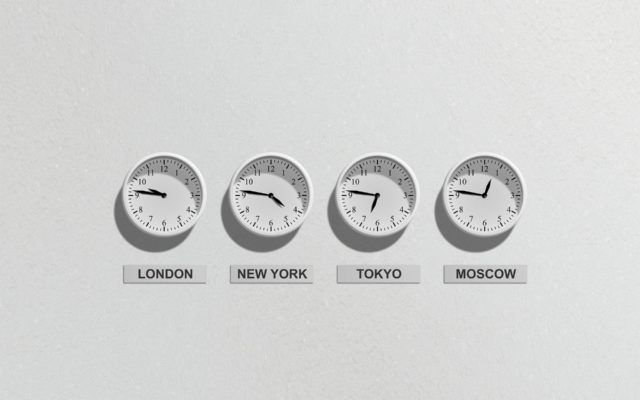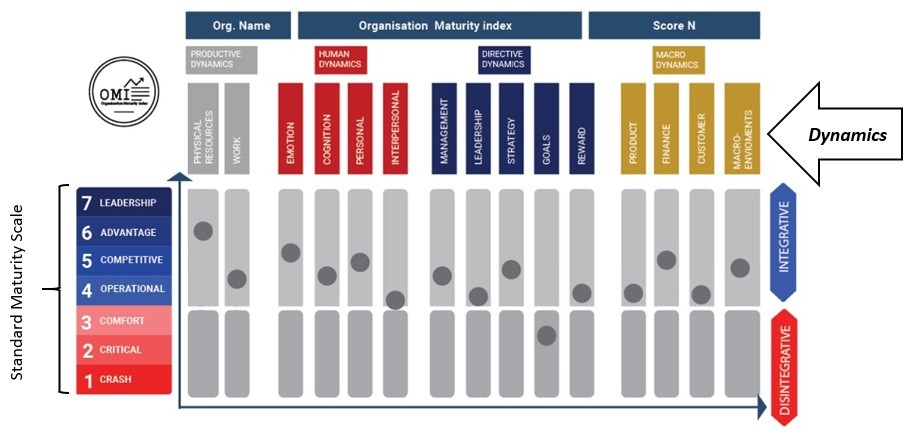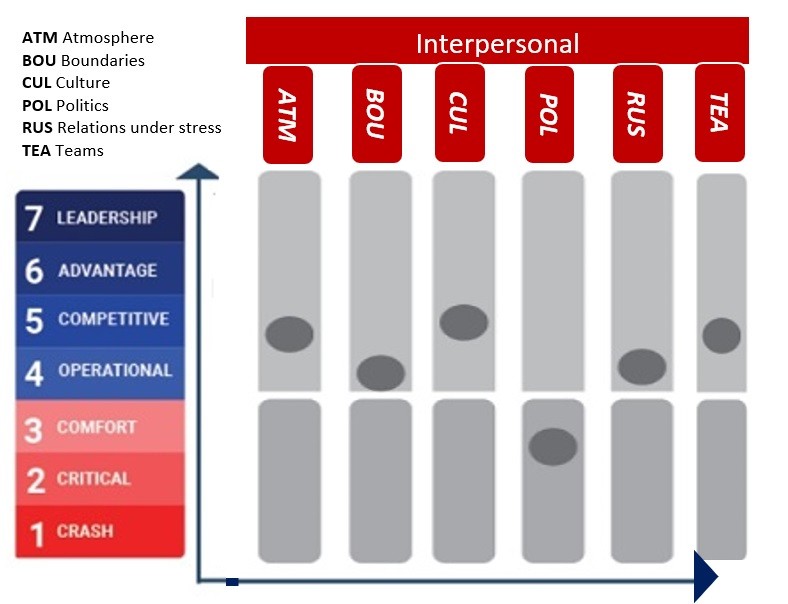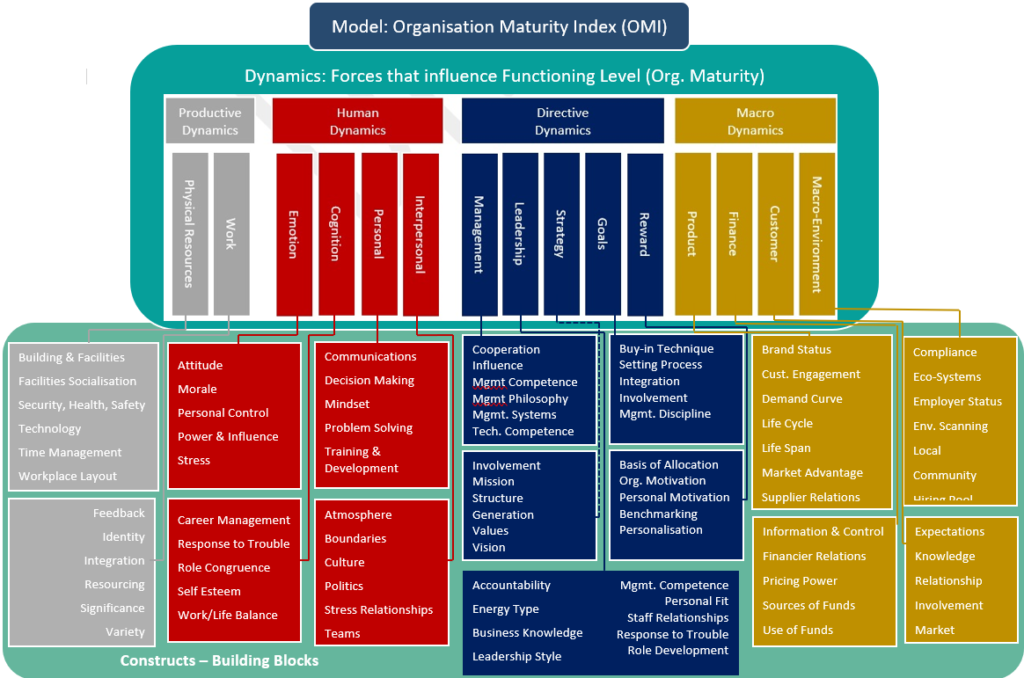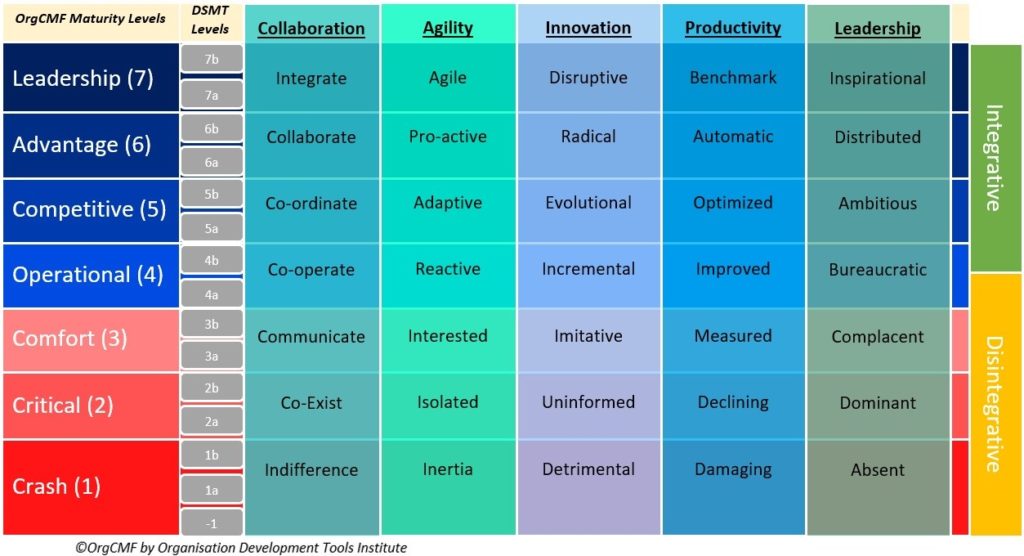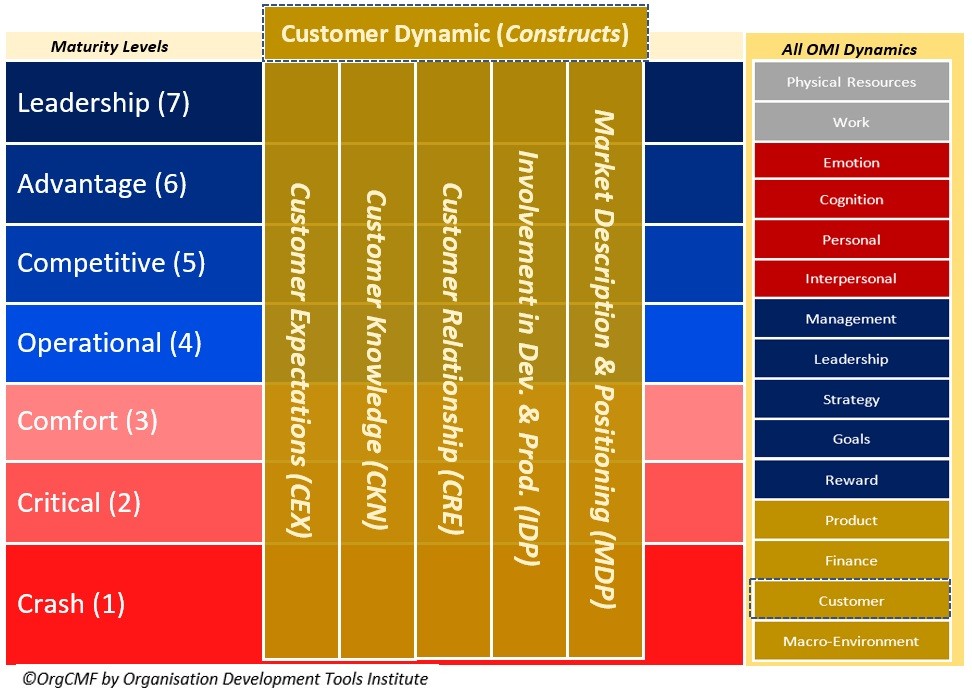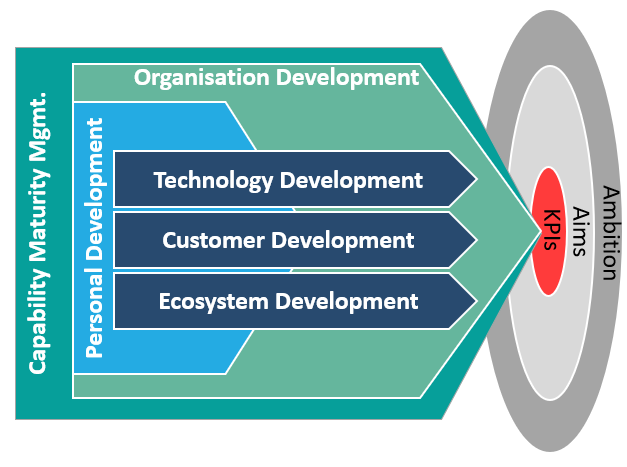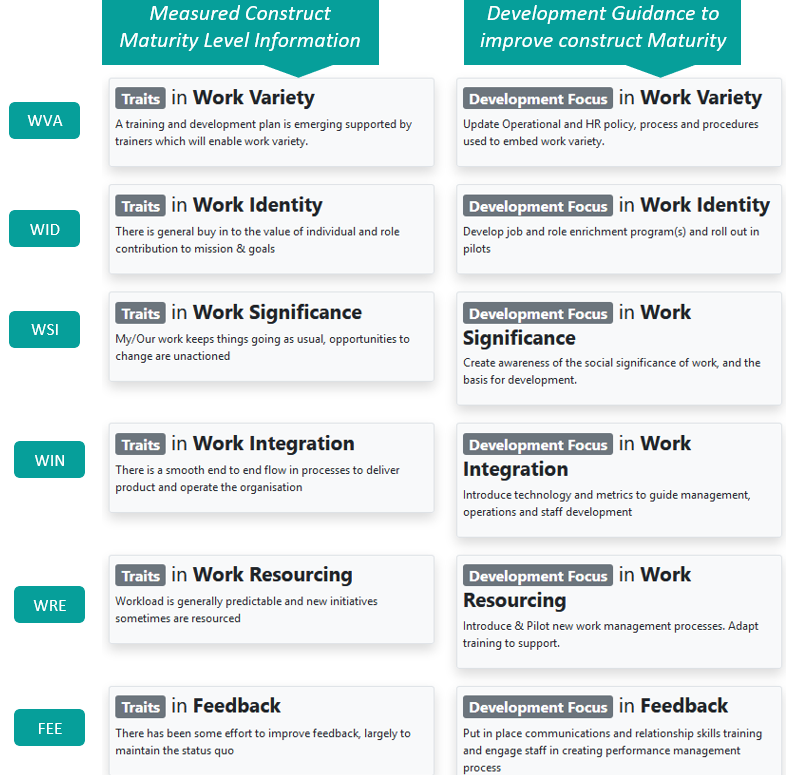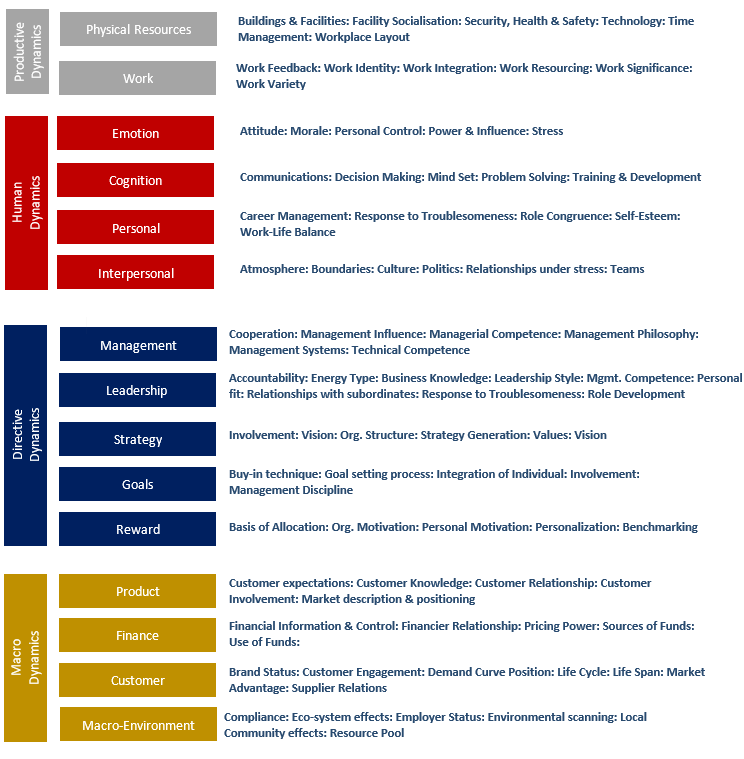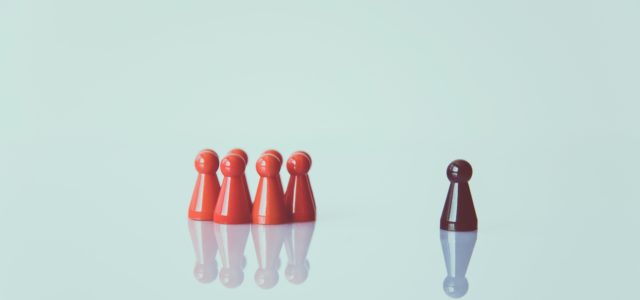Research by a small team of our Technology & Organisation Development experts analysed six Industry Analyst¹ and Industry Leader¹ survey reports and found the traits to be the consistent challenges faced by all organisations when embarking on the Digital Transformation Journey.
Organisations can take steps to overcome these challenges by taking a system’s approach which recognises the complexity of today’s internal and external environment that exists.
There are several reference models that can support your team to manage this complexity and guide your capability building to overcome or avoid the challenges listed.
From a technology management perspective the IT-Capability Maturity Framework from IVI is strong or from an overall organisation Change & Transformation perspective the Organisation Capability Maturity Framework from the Organisation Development Tools Institute is recommended as it has a sound foundation based on Dynamic Systems Maturity Theory and simple but effective, configurable, on-line Maturity Level Assessment Tool that covers the forces that drive up maturity (Dynamics) and their underlying building blocks (Constructs).
Top Challenges
Lack of a Shared Vision and Realistic Plan:
Without this, stakeholders will have unclear focus, direction & KPIs’ and unrealistic expectations of what technologies to choose? What they can deliver? and what the likely business impact will be?
[Directive Dynamics: Strategy (Constructs: Vision, Mission, Involvement), Goals (Constructs: Management Discipline), Leadership (Constructs: Knowledge of Business, Leadership Style, Managerial Competence, Accountability)] {View Dynamics & Constructs}
Lack of Talent, Understanding & Skill:
The ability to Lead, Manage and Execute Digital Transformation requires not just technology & technology management Talent, but also strong organisation change/development and Ecosystems’ knowledge.
[Directive Dynamics: Management (Constructs: Technical Competence), Productive Dynamics: Work(Constructs: Work Resourcing), Human Dynamics: Personal (Constructs: Training & Development), Macro Dynamics: Environment (Constructs: Employer Status)] {View Dynamics & Constructs}
Legacy System inertia:
Actual or perceived barriers relating to integration capabilities, Flexibility, Security and interoperability of both existing technologies and existing operation model can stall transformation motivation & execution.
[Productive Dynamics: Physical (Constructs: Technology, Building & Facilities, Workplace Layout)]{View Dynamics & Constructs}
Poor Investment and Success Measurement:
Limited financial resources, inappropriately managed can lead to either underinvestment, poor visibility of interim returns and impact of transformation initiatives.
[Macro Dynamics: Finance(Constructs: Use of Funds, Information & Control), Environment (Constructs: Compliance)] {View Dynamics & Constructs}
Customer Focus, Understanding & Information Leverage:
Understanding their journey in terms of creating awareness, engagement and needs satisfaction leads to sub-optimal acquisition and retention. Often because of failure to capture or be aware of what they tell you? or information/data you already have but fail to leverage.
[Macro Dynamics: Customer (Constructs: Expectations, Relationship, Involvement, Knowledge, Market) Product (Constructs: Customer Engagement, Life-cycle, Life-Span)] {View Dynamics & Constructs}
Resistance to Change & Change Management:
The agility of the organisation is limited by either its design, systems or people, at any level, and its change capability and/or change process does not match its ambition in a modern complex environment.
[Human Dynamics: Emotion (Constructs: Attitude, Morale), Personal(Constructs: Decision Making, Mindset), Interpersonal (Constructs: Boundaries), Directive Dynamics: Management (Constructs: co-operation, Management Systems) Reward (Constructs: Organisation Motivation)]{View Dynamics & Constructs}
Culture & Collaboration:
Collective equivalent of mindset that determines how the collective behave in recognised patterns, underpinned by values, practices and silos that limit individual & organisation ambitions.
[Productive Dynamics: Work (Constructs: Feedback, Identity, Significance, Integration, Variety), Human Dynamics: Emotion (Constructs: Attitude, Morale), Personal (Constructs: Power & Influence, Communications, Problem Solving, Mindset), Interpersonal (Constructs: Culture, Politics, Teams), Cognition (Constructs: work-life balance, Role congruence) Directive Dynamics: Management (Constructs: co-operation, Management Systems) Goals(Constructs: Involvement, Goal setting process)] {View Dynamics & Constructs}
¹ HBR, CIO.com, Microsoft, ZDnet, MIT-Sloan, AT Kearney
Related Papers
- Digital Transformation Lexicon for Non-Technical People
- How Human Resource & OD Management must play a key role in an Organisations Digital Transformation
- Organisation Capability Maturity Levels and Guidance Overview
- Reducing Resistance & Improving Agility for Organisation Change & Transformation
- Creating Sustainable Organisation Change & Improvement
Article by channel:
Everything you need to know about Digital Transformation
The best articles, news and events direct to your inbox
Read more articles tagged: Change & Transformation, Featured


